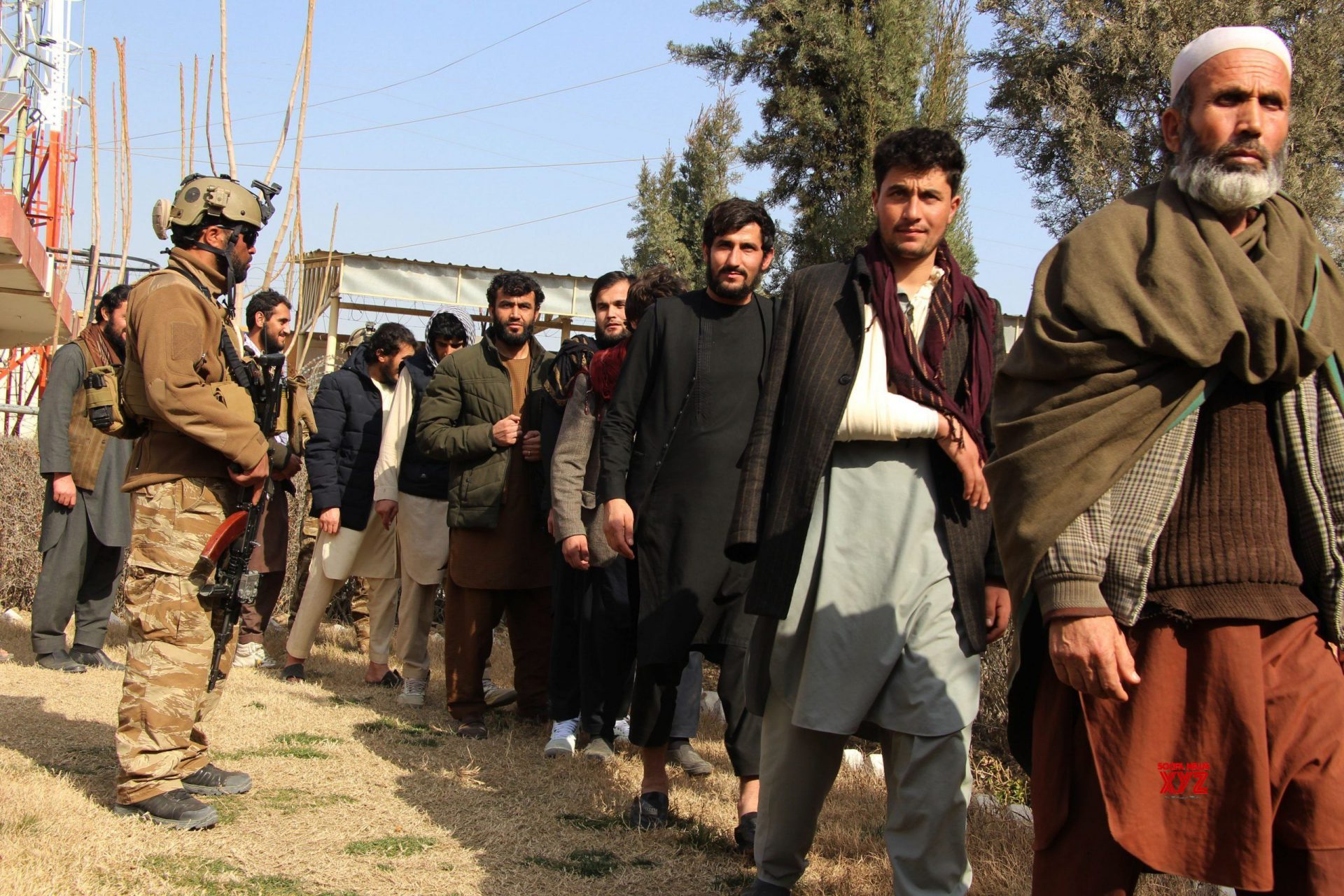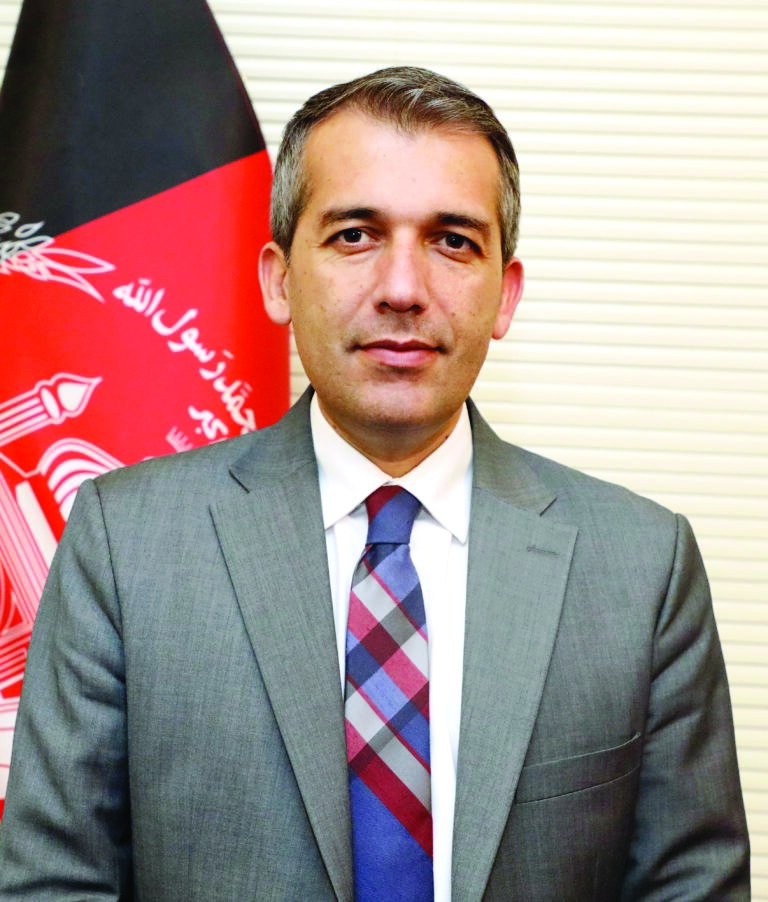According to a recent Foreign Policy South Asia Brief by Ravi Agrawal the start of intra Afghan talks is uncertain as prisoner release has once again stalled. France and Australia have objected to the release of several Taliban prisoners accused of killing French and Australian nationals and soldiers. Afghanistan’s government is withholding the release of the final tranche of 320 Taliban prisoners, going against the decision of Loya Jirga. Moreover, Afghan government has also accused the Taliban of not releasing its prisoners. “If we take this bold step, releasing all these guys, all these bad people, why are the Taliban not releasing our captives, which is a very small number?” government spokesperson Sediq Sediqqi told The Associated Press.
Negotiations between the Taliban and Afghan authorities were expected within days of Loya Jirga’s approval of the release of 400 Taliban prisoners. While Afghan authorities freed 80 Taliban prisoners on August 13, there have been no further releases since then. President Ashraf Ghani’s spokesman Sediq Sediqqi said “two countries had shared their concerns and reservations” about six or seven prisoners among the 400.” The Afghan government is working with its partners to address the concerns about these prisoners,” he told reporters.
France is “firmly opposed to the liberation of individuals sentenced for crimes against French nationals, especially soldiers and humanitarian workers,” the French foreign ministry said on August 15. “We have consequently asked Afghan authorities not to proceed with the liberation of these terrorists.” Bettina Goislard, a French employee of the UN’s refugee agency was murdered by two Taliban militants in 2003, and a former Afghan soldier killed five French troops and injured 13 others in 2012 in Kapisa province.
Australian Prime Minister Scott Morrison last week said he had lobbied against the release of a former Afghan army soldier who went rogue and killed three Australian partners. President Ashraf Ghani has himself warned that the 400 militants were a “danger to the world”.
Their release is part of a prisoner swap agreed in February between the Taliban and Washington as a precondition for peace talks. That deal stipulated that Kabul release 5,000 Taliban prisoners in return for 1,000 Afghan security personnel held by the militants. Afghan authorities say they too have released almost all prisoners, except those remaining from the 400.
The Taliban claim to have released all the 1,000 captives, but Sediqqi said the insurgents were still holding some Afghan soldiers. “They should have completed this release by now. This exchange cannot be a one-way road,” Sediqqi said, adding Taliban violence remained “very high”. The Taliban have said they are willing to begin peace talks “within a week” after all 400 prisoners are freed, and blamed Kabul for delaying the negotiations. “The matter is stalled because the other side is not releasing the remaining prisoners despite promises,” Taliban political spokesman Suhail Shaheen told AFP.
Distracted by multiple other happenings and with declining interest in Afghanistan, US President Donald Trump still remains focused on getting American forces out of the country. Under pressure from the US, the traditional Afghan grand Council, Loya Jirga voted for release of 400 prisoners on August 09, but urged the Taliban to adopt a ceasefire. “In order to remove the hurdles for the start of peace talks, stopping bloodshed, and for the good of the public, the Jirga approves the release of 400 prisoners as demanded by the Taliban,” Jirga member Atefa Tayeb announced on August 09. The Jirga urged the government to give assurances to the population that the released prisoners would be monitored and would not be allowed to return to the battlefield, adding that foreign fighters should be sent back to their respective countries.
The council’s decision to free the Taliban prisoners did not come as a surprise as delegates were urged by the US at the start of the council, or Jirga, on August 07 to take “this difficult action” so that negotiations could begin to bring an end to the war.US Secretary of State Mike Pompeo had pushed for the release of the detainees while recognising the decision would be “unpopular”. The prisoners included 44 fighters of particular concern to the US and other countries for their role in “high-profile” attacks. Five are linked to the 2018 attack on the Intercontinental Hotel in Kabul that killed 40 people, including 14 foreigners.
Chief US negotiator Zalmay Khalilzad was quick to herald the Jirga’s decision, tweeting: “With these bold steps, after 40 years of war, a historic opportunity for peace is now possible; one that benefits all Afghans and contributes to regional stability and global security.” He called the Jirga’s decision “a good step, a positive step.”
Amid continued violence, the US continues to press for the peace process to move forward, five months after intra-Afghan negotiations were scheduled to begin on March 10. Khalilzad said the two sides are to meet in Doha after the prisoner releases “in the next few days”, he expects negotiating teams to travel to Doha “and from there the immediate start of intra-Afghan negotiations”. Former president Hamid Karzai told the Jirga he understood that the talks “would begin within two to three days” after the prisoners are released.

According to Andrew Watkins of the International Crisis Group which released a report on August 11 on the group’s internal views. “Members of the Taliban we spoke to, at all levels of the organization, in all parts of the country, said this was a non-negotiable issue, that there cannot be a Western footprint,” said Watkins. The report came just ahead of intra-Afghan negotiations; the initial talks are expected to review terms for a cease-fire. American commitment for promised withdrawal of all American and allied forces by the middle of next year isn’t contingent on the success of the talks, but on whether the Taliban break ties with al-Qaida and blocks such terrorist groups from using Afghan soil to train, recruit or raise funds.
Both Trump and Defence Secretary Mark Esper have said recently that plans call for the troops’ number to drop below 5,000 by Election Day. Lawmakers in Washington have questioned how the US plans to ensure that Taliban comply with the peace terms after foreign troops leave. Military planners and analysts have suggested a continuing presence of mostly special operations. “The right answer is to reduce US troops strength, but maintain sufficient forces to prevent a resurgence of terrorist activities,” said James Stavridis, a retired admiral who was NATO’s supreme allied commander from 2009 to 2013. He said that would require about 5% of the 150,000-troop force Stavridis commanded at the height of the war.
Another national security expert, Kamran Bokhari said at least 4,000 troops, intelligence officials and contractors are required for effective counterterrorism operations. “How do you compromise and not look like you caved in?” Bokhari asked. “They’re going to want something really big in exchange, like changing the [Afghan] constitution.” Even if a US force were to remain the prospect of cooperation with the Taliban raises doubts, Bokhari said. “It’s not easy to go from shooting people to saying, ‘let’s all go fight (Islamic State-Khorasan) and al-Qaida and the other foreign fighters,” Bokhari said.
Kathy Gannon did a piece for the Associated Press on August 12, captioned: “Taliban warns Kabul against attacks on prisoners freed as part of Afghan peace talks.” Ahead of an upcoming release of Taliban detainees held in Afghan prisons the Taliban warned the government in Kabul on August 11 against any attacks on those released, saying such incidents would jeopardize the peace talks. A Taliban spokesman told the Associated Press there have been at least 11 such attacks in the past several months instances when freed Taliban figures were killed, harassed and re-arrested by government forces.
Taliban’s political spokesman Suhail Shaheen warned that attacks on newly freed prisoners will drive them back to the battlefield despite orders from their leaders “to stay at home, with their families.” Attacks on their homes will “make it impossible for them to stay in their homes,” Shaheen said. “Such incidents have happened that they have been re-arrested and also killed.”
Sediq Sediqqi spokesman for Afghan President Ashraf Ghani has denied that any released Taliban were arrested or attacked without cause. However, last month a government airstrike in western Herat killed 14 people when hundreds of elders had gathered to greet a returning Taliban figure newly freed from prison. “The issue of reintegration will be a significant long-term policy concern that endures long after reconciliation has been achieved,” said Michael Kugelman, Asia Program deputy director at the Wilson Centre. “The ideal system and it’s unclear if the Afghan state has the capacity to bring it about is one that provides former fighters with the tools and skills to be productive off the battlefield, and that gives the state and the economy the incentives and resources to support them,” he said.
When the stakes in a conflict are lower, the key stakeholders can afford to have intense political disagreements, but in a conflict as bloody and intractable as Afghanistan’s, all parties concerned must have an indivisible unity of purpose. But it is not so.
Though Trump is keen to pull-out troops he is also committed to “always have a presence” in Afghanistan for counter terrorism. According to JP Lawrence, Taliban negotiators are likely to oppose any proposal to retain a lasting US counter terrorism presence in Afghanistan during their upcoming peace talks with the Afghan government. Prospects of any sort of retention of foreign military presence is a non-starter among Taliban leadership as well as their rank and file. According to a White House press briefing in February, Trump envisions Taliban helping the US fight Daesh.
Some lawmakers, including Republican Senator Lindsey Graham, have also proposed leaving a compatible residual US force to prevent the country being used again as a launch-pad for global terrorism.
Of now, the prospects of intra-Afghan peace talks, once again, stand dwindled as Trump prepares for further drawdown. From the US prospective, the path to peace between the Taliban and the Afghan government seems in sight; and the route is perceived as a short one. However, credible analysts believe that it’s easier said than done! Complications are too many and rather knotty, skipping any dimension of the conflict one could result in rapid reversals.
Divergence of end objective from both sides is phenomenal that betrays achieving early and or lasting peace. The Taliban are pretty shrewd negotiators, not only capable of timing out Trump’s current term but also the next one if at all he stands returned on November 08, 2020. And with Joe Biden in White House, they could seek a new start up.




